mer, Avr 12th 2023
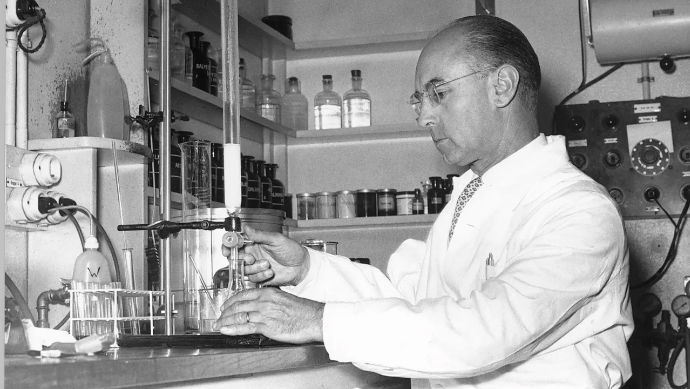
Next to chocolate and cheese, Switzerland is also known for its intimate history with psychedelics. And if you’ve seen the Netflix docu-series “How to Change Your Mind,” you may know why.
Albert Hofmann first discovered LSD while working as a chemist at Sandoz, a lab that later became Novartis. He was investigating Ergot, a fungus that grows on rye. The plan was to synthesize the substance to use as a circulatory stimulant. Instead, he discovered the mind-altering lysergic acid diethylamide, better known as LSD.
Hofmann first formulated LSD in 1938, but it wasn’t until 1943, when he accidentally ingested a small dose, that he realized its mind-alternating effects. A few days later, he deliberately took a large dose of LSD and experienced the trip of a lifetime on his bicycle ride home.
Although the medical use of LSD was banned in the U.S. and Europe, it transformed popular culture. With the rise of the hippie movement, and later the techno scene, LSD was renowned as a non-addictive party drug. Although LSD was banned in Switzerland, Hofmann consumed it into old age.
On April 19th, known as Bicycle Day, hundreds of cyclists take to the streets to celebrate the spectacular discovery and the fascinating Hoffman. Today Switzerland is pioneering trials on psychedelic-assisted therapy to treat debilitating mental-health disorders and life-threatening conditions like cluster headaches. (Read more: Inside Swiss psychedelic mental therapy).

Antihistamines are not only a godsend for allergy sufferers but can also save lives. In 1937 Bovet made a breakthrough in medical chemistry when he discovered the first antihistamine substance. Bovet’s discovery led to the development of the first antihistamine drug made for human consumption in 1942.
Antihistamines counteract the effects of histamine – a chemical found in some of the body’s cells, which causes the immune system to overreact to harmless substances resulting in allergy symptoms like a runny nose and sneezing.
Antihistamines weren’t Bovet’s only contribution to pharmacology. In 1957 Bovet won the Nobel Prize for Physiology or Medicine for his discoveries, including sulfa drugs (antibiotics) and muscle relaxants (used in anesthesia).
Although Daniel Bovet may not be a household name, his work has saved countless lives.
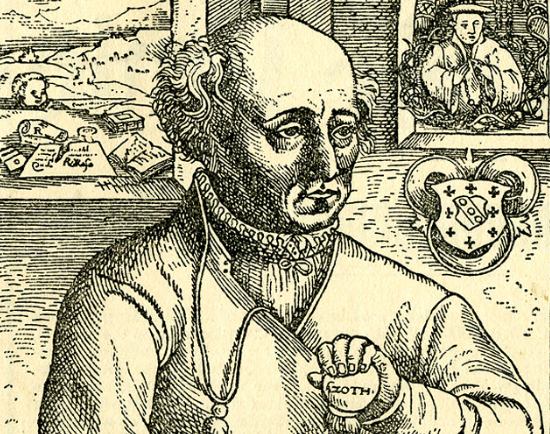
Theophrastus Bombastus von Hohenheim, or Paracelsus, was born in Einsiedeln, Switzerland, in 1493. Paracelsus began studying medicine at 16 and earned his living as an itinerant physician. Paracelsus also studied alchemy and experimented with various opium mixtures. He soon discovered opium’s powerful analgesic effect.
Using opium goes back at least as far as recorded history, but Paracelsus was the first to formulate laudanum, a tincture of opium that was palatable when taken orally and used as a pain reliever. His tincture recipe included crushed pearls, musk, amber, and other substances dissolved in alcohol. Laudumn became the aspirin of the 15th century and quickly spread throughout Europe.
In his time, Paracelsus was seen as stubborn and unconventional, but today he’s known as the father of naturopathy and considered one of the founders of modern medicine.
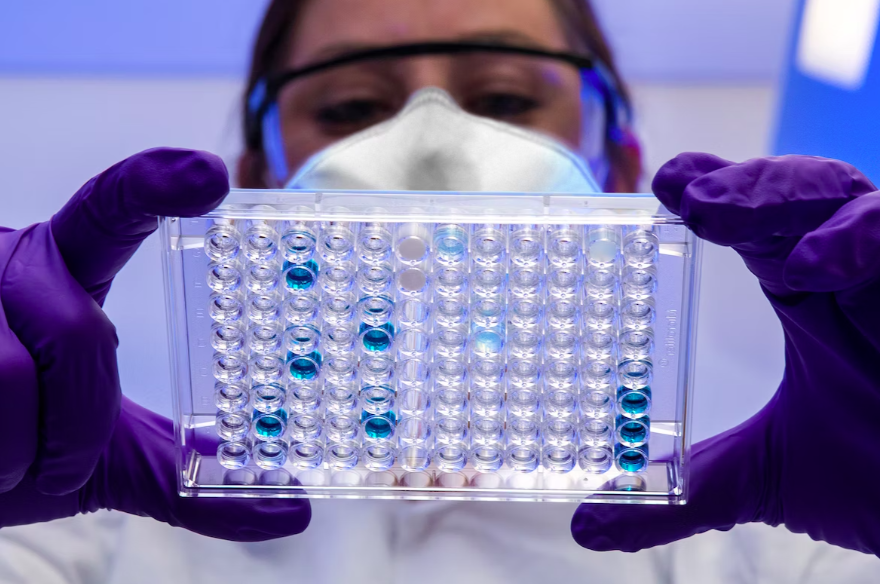
DNA was discovered in 1869 by Swiss researcher Friedrich Miescher, who was studying the composition of lymphoid cells (white blood cells).
By chance, he isolated a new molecule he named nuclein because it occurs only in the cell nucleus. At the time, Miescher was unaware of the incredible significance of what he discovered – what would later be known as DNA – the building blocks of life.
While Miescher was the first to define DNA as a distinct molecule, several other researchers and scientists have contributed to our understanding of DNA as we know it today. It wasn’t until the early 1940s that DNA’s role in genetic inheritance started to be researched and understood.
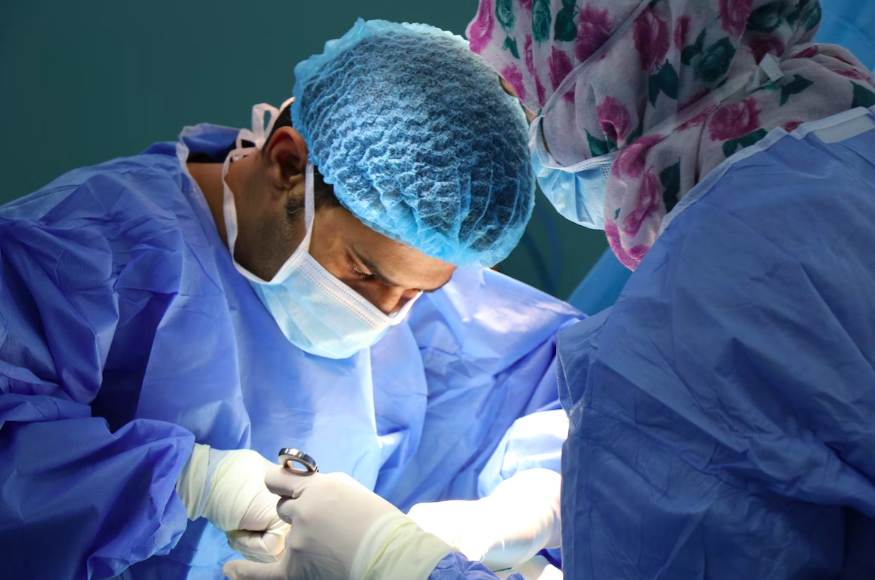
While perhaps not the most glamorous of inventions, the artery clamp has literally saved millions of lives and is still used today. The artery clamp, known as the Kocher Clamp, was invented in 1882 by Swiss surgeon Theodor Kocher.
The invention prevents patients from bleeding to death on the operating table. Kocher’s tremendous inventiveness didn’t end at the artery clamp. He developed several life-saving surgical instruments, procedures, and therapies, including shedding light on the thyroid gland’s role in metabolism. He showed how surgery could be carried out more safely through good hygiene and minimal blood loss.
In 1909 Kocher received a well-deserved Nobel Peace Prize in Medicine. He was the first Swiss citizen and the first surgeon to ever receive a Nobel Prize in Medicine.
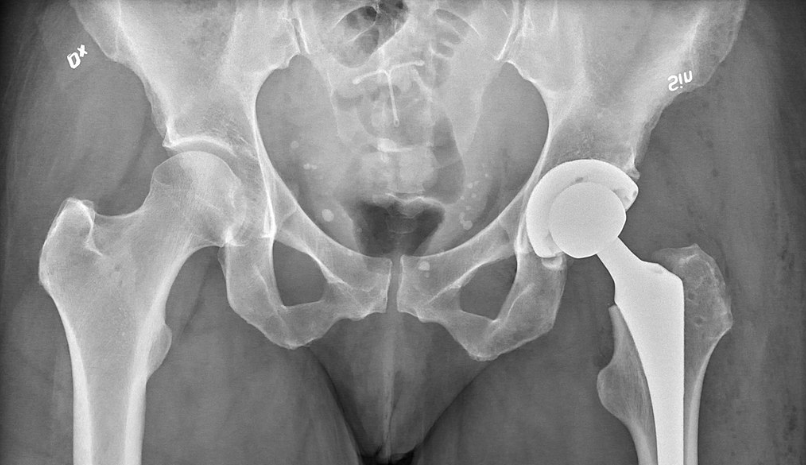
Named the physician of the century, Maurice Edmond Müller, born in Biel, helped put Switzerland at the forefront of pioneering medical technology. Müller called himself a “bone plumber” and lived by the motto “life is movement.”
After World War II, Müller seized the opportunity to go to Ethiopia on a medical assignment. There he was forced to improvise and had to design and construct his own surgical instruments. Following this experience, he started Protek AG in 1965, an industrial enterprise to manufacture and distribute the prostheses and surgical instruments he designed for the standardized replacement of hip joints.
The artificial hip joint, later known as the “Sulzer Joint,” has helped over a million people regain the freedom to move without pain.
Cet article peut être librement partagé et réimprimé, à condition qu'il renvoie clairement à l'article original.
